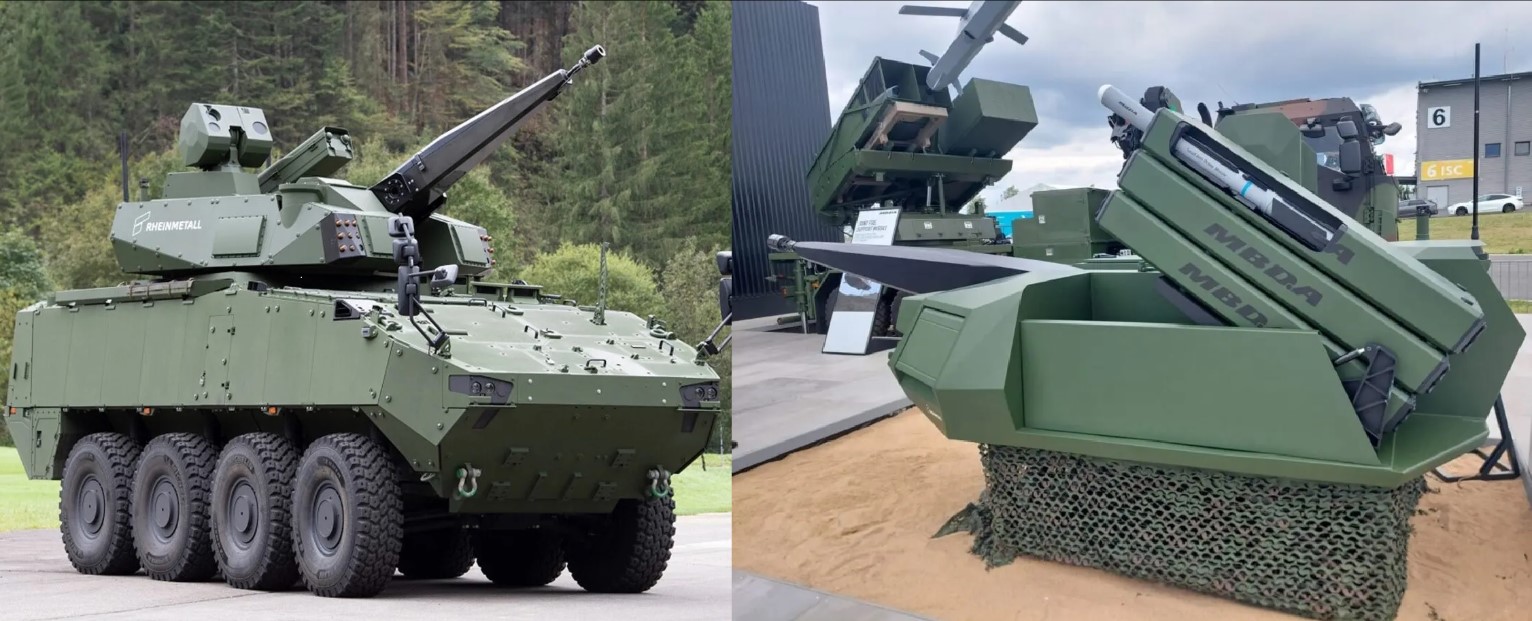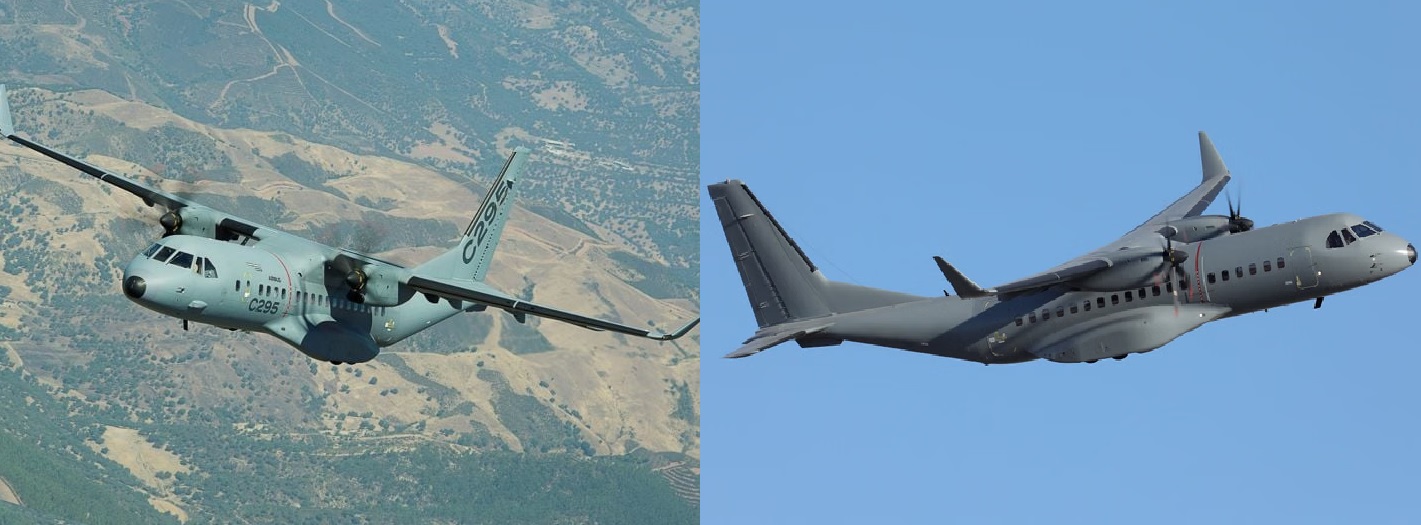Germany Approves 14 New Defense Projects, Upgrade Skyranger 30 Air Defence System with Small Anti-Drone Missiles

Germany is moving quickly to modernize its military. The Bundestag’s Budget Committee has approved 14 new defense projects for the Bundeswehr, covering everything from new weapons and digital systems to better medical and communication tools. These projects will be funded through Germany’s special defense fund and future national budgets, as part of the country’s effort to make its armed forces stronger and more modern.
New Anti-Drone Missile for Skyranger 30
One of the most important new projects is the development of a Small Anti-Drone Missile for the Skyranger 30 air defense system. This missile will help German forces destroy small and very small drones, which are becoming a big threat on modern battlefields.
The Skyranger 30, made by Rheinmetall, already uses a 30mm cannon and advanced sensors to track and shoot aerial targets. By adding the new guided missile, the system will be able to stop small drones that traditional weapons struggle to hit.
The German Defence Ministry said, “With the Small Anti-Drone Missile in combination with a 30mm cannon, the Skyranger 30 can counter small and very small drones.” This will be the Bundeswehr’s first armored system able to stop drones directly on the frontlines. The Skyranger 30 might also become part of the European Sky Shield Initiative, which aims to build a shared air defense network across Europe.
New P13 Pistol to Replace the Old P8
The committee also approved a new P13 pistol to replace the old P8, which has been in service for over two decades. The P13 will have a better design, improved safety features, and will be easier to handle and maintain.
According to the Defence Ministry, the new pistol will fix the “technical and ergonomic problems” found in the P8 and will give soldiers a modern, reliable sidearm for self-defense and close-combat situations.
Better Medical Transport on Military Planes
Germany also plans to improve how it moves injured soldiers. The Bundeswehr will get modular patient transport kits that can be installed in A400M and C-130J transport planes. These kits will allow quick conversion of cargo aircraft into medical evacuation planes (MEDEVAC) when needed.
The kits are expected to be ready by 2029 and will help the military respond faster in both combat and humanitarian operations.
Upgrades for Navy Ships
The German Navy will also receive upgrades. The committee approved plans to modernize the Rolling Airframe Missile (RAM) launchers on naval ships and buy new RAM Block 2B missiles.
These newer missiles can detect and destroy fast, low-flying threats, such as anti-ship or cruise missiles. The deliveries will begin between 2030 and 2032, helping ensure that German warships stay protected for many years.
Digitalisation and Communication
Germany is also investing in making its military more digital. The committee extended its contract with BWI GmbH, the IT service provider for the Bundeswehr. This will continue support for the “Digitalisation of Land-Based Operations” project — a key step toward modern, networked military systems.
With BWI’s help, the Bundeswehr will upgrade its communication systems, battlefield networks, and sensor integration, ensuring better coordination during operations. The funding also includes new portable radios, thermal sights for G36 rifles and MG4 machine guns, and secure SINA-based networking systems for classified communications.
Improving Field Support and Safety
Apart from combat equipment, the Bundeswehr will also get several practical improvements:
-
Mobile field kitchens that can be set up quickly during missions.
-
Fire protection containers to increase safety in field bases.
-
A new standard maritime command and weapon deployment system, developed with Canadian partners, to unify naval control systems.
Heinrich Hertz Satellite: Secure Military Communications
In space, Germany is boosting its secure communications. The German Aerospace Centre (DLR) has signed a contract to operate the Heinrich Hertz satellite, which will include a military component.
This satellite will help the Bundeswehr with secure, high-speed communication and will also support joint efforts with the Ministry of Research, Technology, and Space. It is expected to play an important role in improving strategic communication for Germany and NATO missions.
A Step Forward for the Bundeswehr
These 14 projects show that Germany is serious about modernizing its armed forces after years of underinvestment. The new anti-drone systems, updated naval defenses, modern weapons, and digital upgrades are designed to make the Bundeswehr more efficient, connected, and ready for today’s threats.
In simple terms, Germany is preparing its military for the future of warfare — one that depends on technology, speed, and smart defense systems. As Europe faces new challenges, these investments show that Germany is determined to build a stronger, more capable defense force for itself and its NATO allies.
✍️ This article is written by the team of The Defense News.






